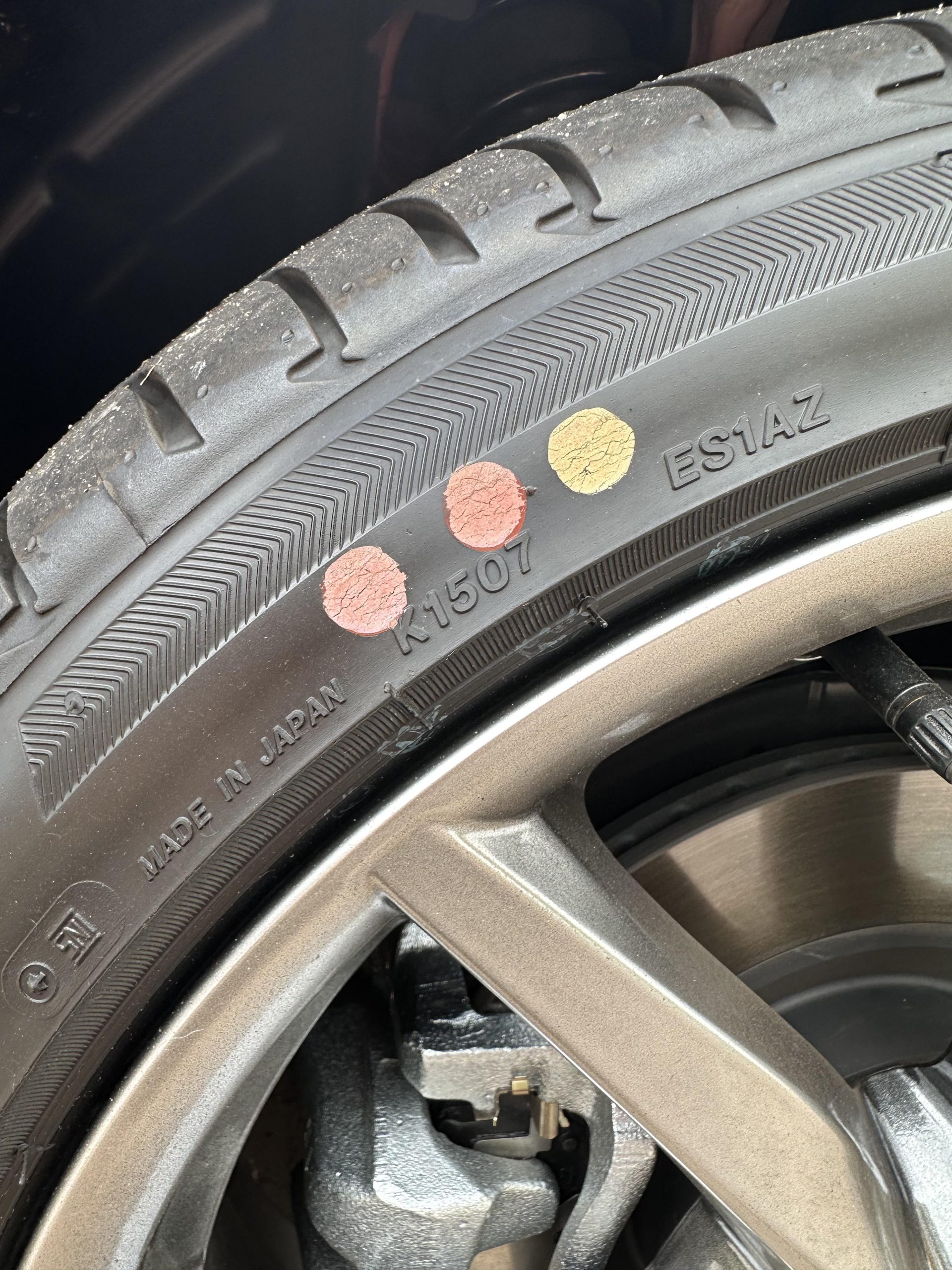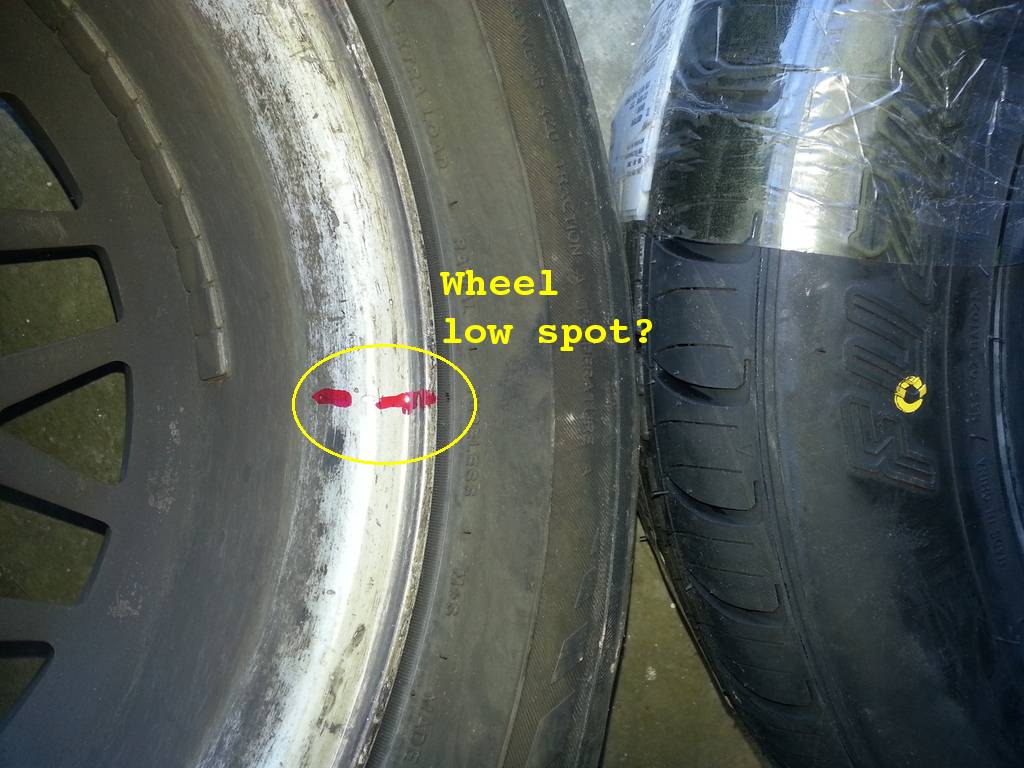If you have ever taken a close look at a new tire, you may have seen small yellow or red dots on its sidewall. Although these may seem like simple, unimportant markings, they actually play a key role in balancing the wheels, which directly influences their useful life.
Understanding the meaning of these colored dots can not only help you extend the life of your tires, but also improve both the safety and performance of your car. By the way, you will avoid problems such as vibrations or uneven wear: keep this in mind when it’s your turn to change yours.
What do the colored dots on tires mean?

Even if you are not a car expert and you have your vehicle serviced at a garage, it is a good idea to know the basic components of your car, for example, to know when it is time to take it in for a service. Even more so when it comes to tires, which are the only element of the car that keep us in contact with the asphalt.
Depending on the condition of your car’s tires, it will behave in a more or less dynamic way: it will grip differently in corners, brake better, be more comfortable, make less noise, consume less and even respond better in more dangerous situations such as heavy rain.
For wheels to perform well, they must be properly installed. And for them to be properly installed, they must be well balanced: that is, the geometric center of the wheel must coincide with its center of gravity when it is rotating.
This is where the colored dots that you can find on the sidewalls of your wheels come into play. For simplicity’s sake, these are mainly used to identify ‘irregularities’ or minimal imperfections in their manufacture and to facilitate the balancing process through counterweights. Each color has a specific meaning:
Yellow dot: the lightest part of the tire
The yellow dot (which can sometimes be white) marks the lightest area of the tire. During manufacturing, it is difficult to achieve a millimeter-perfect weight distribution in a tire: although it is not visible to the naked eye, one area may weigh slightly more than another.
To compensate for this small difference, the yellow dot should be aligned with the valve stem of the wheel, which is generally the heaviest part. If this mark is not aligned correctly, the wheel could have an inadequate weight distribution, which would cause problems such as vibrations and irregular tire wear, among others.
Red dot: the highest part of the tire

The red dot indicates the area with the greatest radial force variation (RFV), i.e. the highest point of the tire. Instead of the red dot, a triangle may also appear, and its function is the same even if the symbolism changes. In addition, some rims also have a red dot or sticker indicating their lowest point.
For correct assembly, both red dots (the one on the tire and the one on the rim) must be aligned, for better stability. If a tire has both a red dot and a yellow dot, priority should be given to aligning the red dot, as it is more important to correct ‘physical deformation’ than weight differences.
Thus, these colored dots painted on the sidewalls of the wheels, which will gradually disappear over time and kilometers, try to make it easier for installers, mechanics and owners to properly balance the tires.
Why is it important to properly balance tires?
Wheel balancing is essential to ensure a safe and comfortable ride. Incorrect assembly can cause several problems:
- Annoying vibrations: you will notice tremors in the steering wheel or in the whole vehicle, especially at high speeds (when the tire suffers greater inertia and deformation).
- Uneven wear: a poorly balanced tire will not rest evenly on the pavement, causing premature wear and reducing its useful life.
- Increased fuel consumption: if the tires are not well balanced, rolling resistance increases, forcing the engine to work harder and use more fuel.
- Instability while driving: this could affect the safety of the vehicle, especially when cornering or in emergency situations.
Wheel balancing is a relatively affordable service in most workshops. The price usually ranges from 10 to 20 euros per wheel, depending on the establishment and the type of vehicle. It is vital to do this procedure every time tires are changed or if strange vibrations are perceived while driving.









